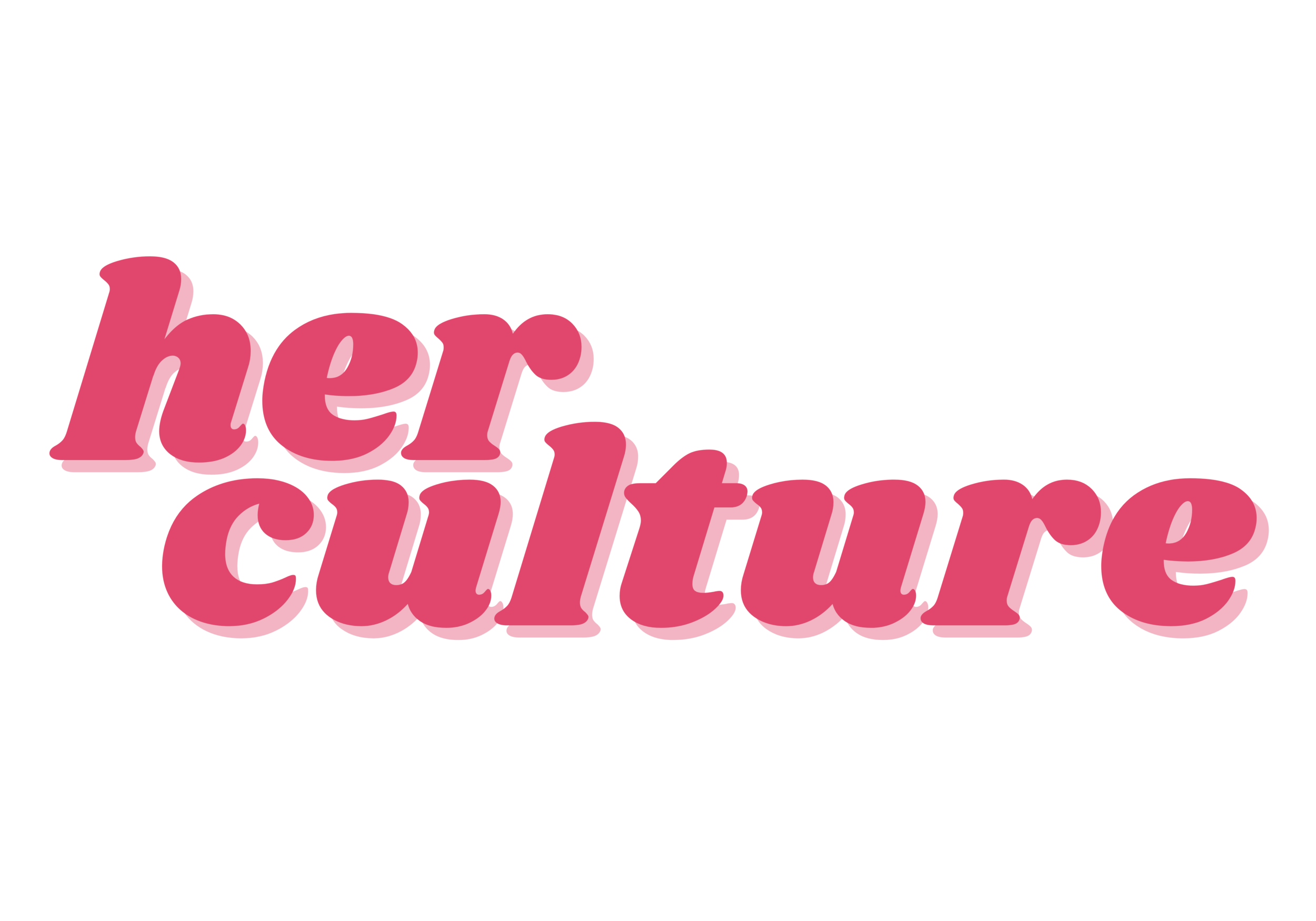Girls discouraged from math and science
Girls discouraged from math and science
For years women have been under-represented in math and science. However, what is still unknown today is why this is still taking place when charities such as WISE, which promotes female talent in science, technology, engineering and mathematics (STEM) from the classroom to the boardroom are fighting the cause.
Many theories mainly focus on childhood experiences; it is thought that parents and toy-makers discourage girls from studying math and science.
A study from the American National Bureau of Economic Research found that teachers’ unconscious bias discourages girls from pursuing careers in maths and science from an early age. The study shows how early educational experiences have an effect on the math and science courses that students choose later in life, which eventually determine their career and earning potential. The study argues that that effect is larger for children from families where the father is more educated than the mother and for girls from lower-income families.
Primary school is arguably one of the most important stages that can have a critical effect on a student’s life no matter their gender. Therefore arguably by reversing bias among teachers, the number of women who enter fields like computing science and engineering could increase massively. This has been noticed by a start up toy company, GoldieBlox, who in 2013 started selling games and books to encourage girls to become engineers. Debbie Sterling, the Founder and Chief Executive of GoldieBlox stated in an interview that their aim was to “create a cultural shift and close the gender gap and fill some of these jobs that are growing at the speed of light”.
Many studies have also previously found that university lecturers and employers discriminate against female scientists. For example, a study conducted by Yale University in 2012, found that professors were less likely to offer women mentoring or a job. If they were offered a job then it was found that the female salary was lower than their male counterpart’s. The study argues that the bias was “pervasive” and that is most likely reflected subconscious cultural influences rather than overt or deliberate discrimination.
In the United States alone, 18.5 per cent of high school students who take the Advanced Placement exam are girls and at universities and colleges, only 12 per cent of computer science degrees are awarded to women. This is the main argument of tech companies when questioned about their lack of female employees. Last year, Google, Apple and Facebook, among others, revealed that less than a fifth of their technical employees are women.
As a History student, I find that the majority of those in my course are female. I do, however, have friends within the sciences, one of which is doing her Masters in Electronic and Electrical Engineering. My friend tells me that she is one of three girls out of the eight that she started with in her course that continued on to do the Masters. I have another friend who recently graduated with a Computing Science degree from a different university in the same city, who told me that she was one of three female students on her course. Although there have been great lengths made by organisations such as WISE and STEM to encourage girls into science sectors. It is unfortunately true that maybe childhood bias is the reason that girls are being discouraged from math and science.
Nina is in her Honours year at The University of Strathclyde in Glasgow studying History. She loves keeping fit and healthy at the gym and singing to her hearts content. Because of Nina's love of all things history related, she has a passion for reading, writing and researching. Nina is the Editor-in-Chief for an online magazine for female students at Strathclyde called Her Campus Strath and wants to continue her passion for writing after graduation.



